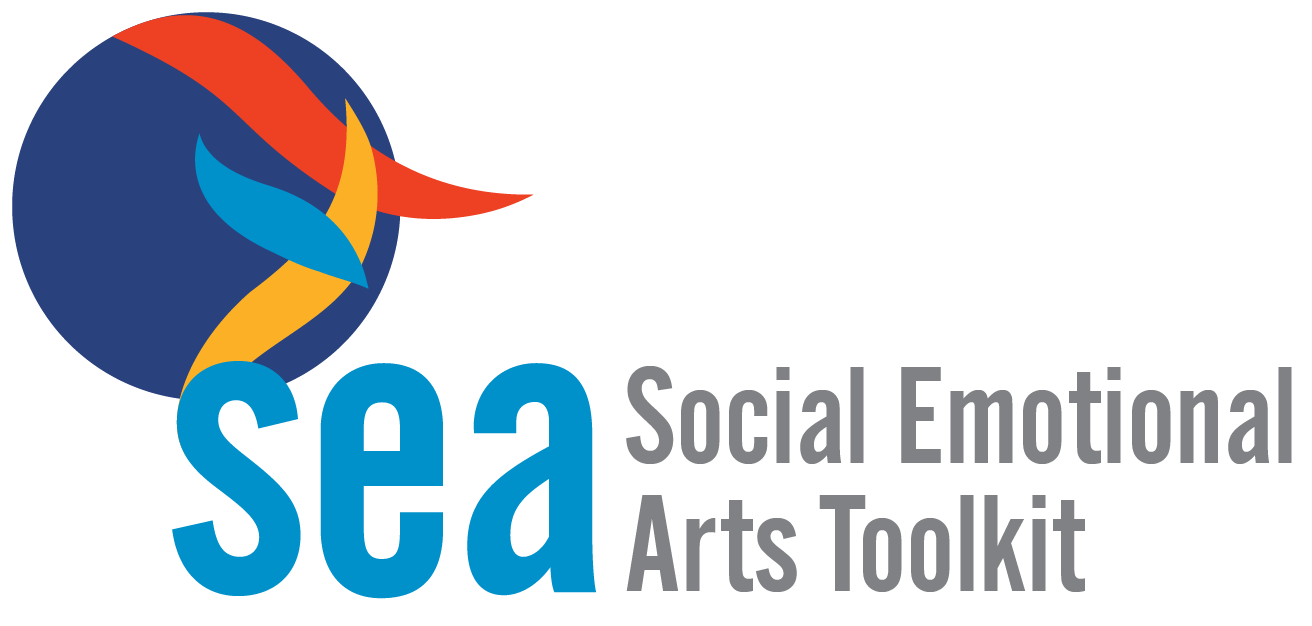Arts & Healing Initiative
Continuing Education (CE) - Social Emotional Arts Toolkit Training
Continuing Education (CE) - Social Emotional Arts Toolkit Training
Couldn't load pickup availability
This course meets qualifications for 13 hours of continuing education (CE) credit for psychologists, LCSWs, MFTs, LEPs, and LPCCs. CEs can be requested during the registration process for an additional $50.
Arts & Healing Initiative is approved by the California Psychological Association (CPA), and maintains responsibility for this program and its content.
IMPORTANT NOTICE: Those who attend this program in full and complete the appropriate evaluation form will receive CE credits. Please note that credit will only be granted to those who attend the entire program. Those arriving more than 15 minutes after the start time or leaving before the program is completed will not receive CE credit.
Learning Objectives for Continuing Education:
SESSION ONE
- Identify one way to encourage reluctant participants to engage in writing activities.
- Identify one way to encourage reluctant participants to engage in movement activities.
- Describe how one writing activity can be adapted to accommodate: a) cognitive or physical limitations and/or b) group participation.
- Describe how one movement activity can be adapted to accommodate: a) cognitive or physical limitations and/or b) group participation.
- Explain at least one way to integrate another art form into a writing or movement activity.
- State at least one way that writing can enhance cultural competence.
- List at least one reason that synchrony through movement has social-emotional value.
SESSION TWO
- Identify one way to encourage reluctant participants to engage in music activities.
- Identify one way to encourage reluctant participants to engage in art activities.
- Describe how one music activity can be adapted to accommodate: a) cognitive or physical limitations and/or b) group participation.
- Describe how one art activity can be adapted to accommodate: a) cognitive or physical limitations and/or b) group participation.
- Explain at least one way to integrate another art form into a music or art activity.
- Give at least one example of how to talk non-judgmentally about art, in order to encourage engagement and dialogue.
- Describe at least one important guideline in choosing music for someone.


